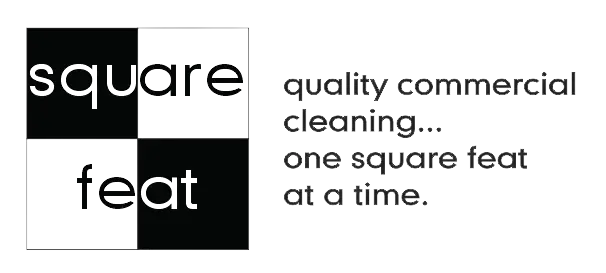There is nothing more embarrassing than having employees, customers or guests complain about the cleanliness of a restroom! Restroom cleaning is one of the most essential functions of a commercial cleaning program to help prevent the spread of diseases and bacteria. Proper restroom cleaning helps to create a positive work environment, protect building occupants, and help preserve the furnishings in your facility.
Why Clean and Maintain Restrooms?
Eliminate Odor Causing Bacteria and Other Germs!
Bacteria and other germs can come from urine that gets left behind or otherwise missed in the cleaning routine. Urine can be present on or around restroom urinals, toilets, and floors. Bacteria can grow due to the high moisture and humidity present in restrooms.
The more bacteria that grow, the worse the odor will become. Until you destroy the bacteria, the odor will remain present.
Creates a Positive Work Environment
A clean and tidy office space along with clean restrooms will help your employees work with more agility and efficiency. It is more appealing and refreshing to plan, collaborate and work with others each day when the workspace environment is clean, healthy, and tidy. Thus, when the environment of the workspace is optimal, office staff can be more productive and hopefully achieve their goals for their employer more efficiently.
How to Prevent and Combat Restroom Odors While Preserving your Facility
A daily restroom cleaning can help prevent stains, build-up, and other problems such as rust or mold accumulating on restroom fixtures. It is important to clean the restroom furnishings with the proper chemicals to prolong their useful life and avoid costly repairs down the road.
Seal Floors and Grout
Commercial restroom floors are commonly finished with vinyl commercial tile (VCT), concrete, or grouted ceramic tile. These materials are either porous or have some porosity which leaves them vulnerable to staining.
If the pores of these floors are properly sealed, spills and urine can be effectively cleaned from the surface of the floors.
Without a protective finish, however, spills and urine will penetrate the pores of the floors and cleaning these surfaces becomes much more difficult.
For concrete or grouted tile floors, the concrete or grout sealer should ideally be applied upon installation. Thereafter, sealers should be reapplied every one to two years depending on traffic and use.
VCT floors should also be sealed and finished upon installation and refinished periodically. A good rule of thumb is to refinish VCT annually and topcoat up every 3 to 6 months, again depending on traffic.
Caulking
In addition to the floors, you should check and maintain caulking around urinals and toilets to insure a proper seal around the base and edge of these fixtures.
If not properly caulked, spills and urine creep under or around the base of fixtures. When this happens, proper cleaning becomes difficult without special procedures.
Keep Floor Drain Traps Full
Keep restroom floor drain traps full to prevent sewer gas encroachment into the restroom through the floor drain.
Make sure to ask your cleaning service to pour water or enzymes down the floor drain on a regular basis to keep the drain trap full. This will prevent them from drying out and causing unpleasant odors.
Regular Disinfecting
For restroom cleaning, use a disinfectant chemical that kills the bacteria commonly found on the fixtures and floors.
A Quaternary sanitizer (Quat cleaner) is one of the most effective disinfectants for hospitals and institutional use because of its ability to kill a broad spectrum of bacteria, fungus, and viruses. Basic Quaternary cleaners are also neutral on the pH scale. The main downside to regular everyday use of Quat cleaners is the tendency to leave sticky residue on floors. Unless cleaning is in a hospital or institutional setting, a particularly good green alternative is a hydrogen peroxide-based neutral pH disinfectant cleaner.
Disinfectants need a dwell time of at least 10 minutes to settle into the surface. Make sure your cleaning crew is using a cleaning routine to allow for proper dwell time to allow the disinfectant to do its work.
When the bacteria are destroyed, and floor drains are properly filled and monitored, common restroom odors will be gone. Now just be sure to continue these proper preventative measures so odors won’t come back.
What About Bleach?
Bleach also works well as a disinfectant, but it is not recommended for health and safety reasons. Undiluted bleach is alkaline (pH of around 12) which can act as a “stripper” on water-based floor finishes and sealers. Over time, mopping floors with a chlorine bleach solution will strip off the protective sealer exposing the pores of the floors and grout. This will make the floors and grout susceptible to staining and bacteria growth in the pores.
In addition, Chlorine bleach has toxic fumes which can compromise indoor air quality. Also, if bleach is mixed with an acid, it can make toxic and lethal Chlorine gas. Even though improper mixing of chemicals should never happen, if it did occur, the Chlorine gas made from this toxic cocktail can cause acute damage to the upper and lower respiratory tract.
Make Sure to Take Proper Safety Precautions
Cleaning chemicals may be hazardous, which is why OSHA makes it mandatory to have SDS sheets on location and to properly label chemical bottles. Keep not only the cleaning staff but ALL building occupants safe by using cleaning supplies and chemicals only for their intended use.
If a specific chemical is meant only for the inside of a urinal or toilet, don’t use it inside the sinks or on the restroom walls.
Acid cleaners that are safe for porcelain fixtures can damage chrome and enamel on sinks. Never mix chemicals and avoid the use of bleach for regular disinfecting.
Also, be sure to wear the correct protection over your mouth, nose, and hands to protect you from the hazardous chemicals you’re working with. Always use personal protective equipment when cleaning restrooms. This includes vinyl or latex gloves, goggles, SDS sheets, and proper chemical mixing.
Use wet floor signs outside the bathroom and block the entrance off with signage or cart so no one will go in while it’s being cleaned.
How Often Should Restroom Cleaning be completed?
To stop the growth of bacteria be sure to disinfect fixtures, floors, counter tops and other touch points of the bathroom every day. This is especially true in high use facilities. Bacteria grows at a rapid pace and can easily get out of control.
What are the Proper Tools and Equipment Needed?
It is imperative to use restroom cleaning tools only in the restroom! The cleaning tools should be color coded RED, so they are easy to identify, which reduces the chance of cross contamination.
Here is the brief list of proper restroom cleaning tools:
*Restroom Cart
*Restroom Bucket
*Flat Mop System
*Dustpan and Broom
*Caution Signs- For Wet Flooring
*Toilet Bowl Brush
*18” Nifty Nabber
*Red Microfiber Cloths
*Duster with Dust Cover
Why have Proper Equipment?
Tools are designed for specific needs and purposes. Using proper equipment for restroom cleaning is key. Proper tools help ensure that the restroom is properly cleaned with the correct tools and chemicals.
Steps for proper Restroom Cleaning
- Clear and flush all toilets and urinals
- Add cleaning solution to all toilets and urinals
- Refill dispensers
- Dust top to bottom and sweep floors
- Spray and wipe all sinks, mirrors, brightwork, doors, receptacles, and dispensers with disinfectant
- Check for and clean any hard water deposits on sinks, chrome, and brightwork. Remove with soft brush and mild acid
- Scrub urinals and toilets
- Clean hard water deposits from toilets and urinals with acid cleaner
- Mop floors using disinfectant solution and two-sided mop bucket
- Fill floor drain if present
Team Cleaning and the Role of the Restroom Specialist
Team cleaning uses an approach consisting of a team of professionals that systematically work together through each area of a facility at the same time. Each professional is trained and assigned to one function as a “specialist” and the team moves together throughout the building to complete the cleaning routine. A typical team includes the following specialist:
1. Light Duty Specialist
2. Vacuum Specialist
3. Restroom Specialist
4. Utility Specialist
The restroom specialist is responsible for the cleaning and disinfecting of all fixtures and mirrors, the spot cleaning and disinfecting of partitions and doors, sweeping and mopping of the restroom floors, emptying of the restroom trash and the refilling of supplies including bath tissue, dispensers, and other supplies.
Your janitorial cleaning company should always handle any cleaning issues that you may have immediately and proficiently. If this is not the case, it might be time to look for another janitorial service. Does your cleaning service get back to you in a timely fashion if not the same day? They should be.
Square Feat is Here to Handle all your Janitorial Needs!
Square Feat has been serving commercial clients in the Phoenix metropolitan area for more than two decades with basic janitorial services, carpet cleaning, floor refinishing and other special services. The Phoenix Business Journal and Arizona Business Magazine recognize Square Feat as a top full-service janitorial provider.
Please, visit this page to learn more about the cleaning services they provide or to obtain a free no obligation quote for your facility. You can also reach us at 480-777-0605 to schedule an appointment to survey your facility.
For more information about restroom cleaning, please read Proper Cleaning Procedures to Eliminate Restroom Odors.



